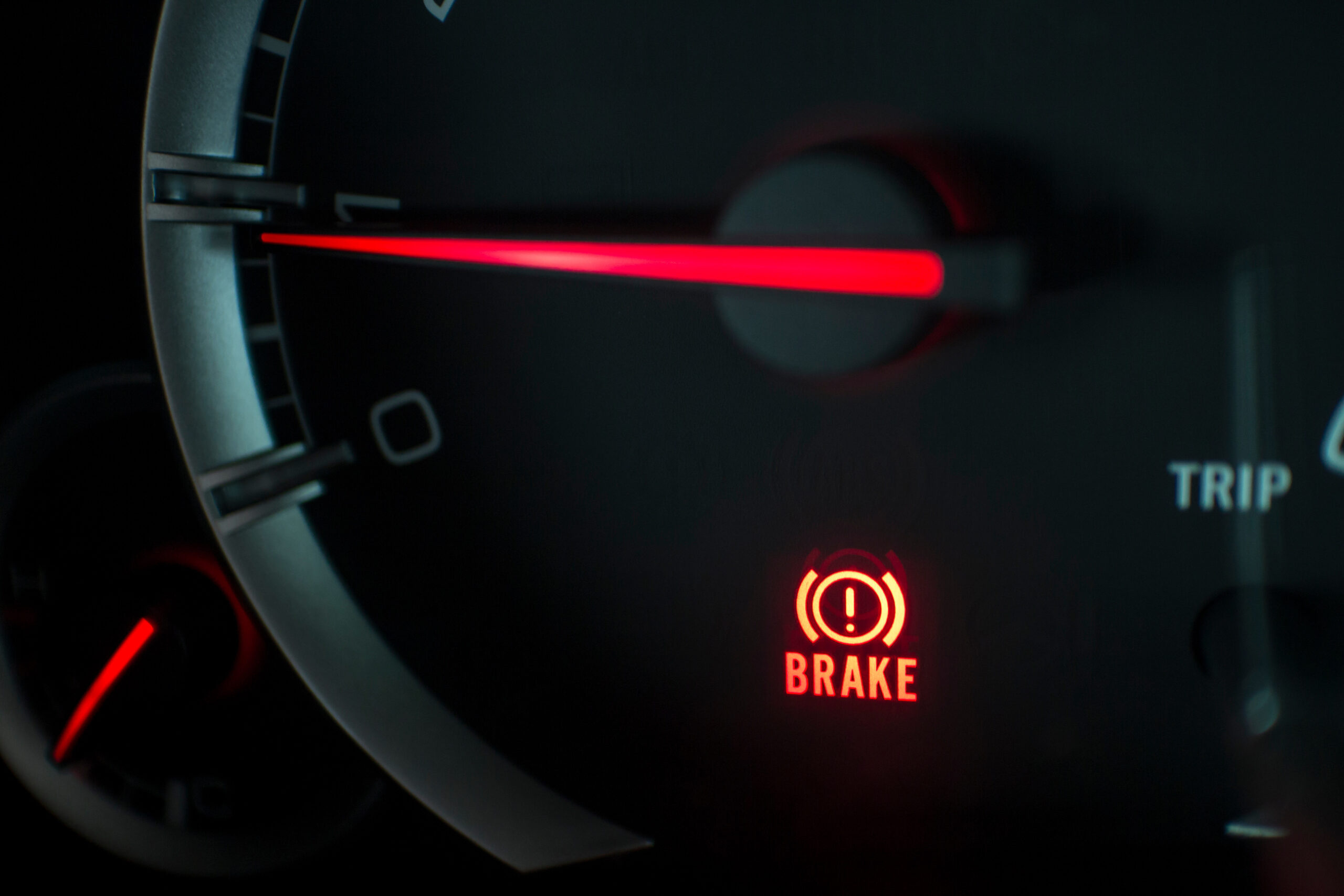Your vehicle’s brakes are one of the most important systems in your vehicle. The braking system is a critical safety system that needs to be well-maintained to protect you, your occupants, and other drivers and pedestrians. Your brakes are one of the most likely systems to experience wear and require service due to the ongoing and difficult function they perform. In this month’s blog post, we review the critical components of your braking system and what’s typically included in any brake servicing.
How Brakes Work
When you use your brakes, everything starts with the brake pedal. The braking process works in a sequence of events from the pressure you put on the brake pedal with your foot, as follows:
- Pressure from the brake pedal, which is enhanced by the brake booster, causes the brake cylinder to put pressure on the brake fluid.
- Brake fluid is a hydraulic fluid that is contained within the brake lines, which are steel tubes contained in the braking system.
- The brake fluid activates the brake cylinders and caliper pistons, which press against the brake pads. The brake pads then press against the brake rotors, which are metal discs within each wheel.
- For the rear brakes, the same process from the brake fluid causes the brake shoes to press against the brake drums and slow the rear brakes.
- As the pads or shoes press on the rotors or drums, the friction slows the spinning motion down or stops the rotor or drum from spinning altogether. Slowing or stopping is based on the amount of force coming from the brake pedal.
Common Brake Issues
Your brakes are designed to handle a lot of wear and tear of the road. The typical service timeframe for most drivers is about 40,000 miles driven. However, that timeframe can be shortened significantly based on your driving habits. If you regularly drive in city traffic, requiring you to brake or put a lot of miles on your vehicle, your bakes make succumb to wear and tear sooner.
Normal wear, tear, and damage can impact the performance of your braking system. The more common issues that surface with your brakes include:
- The brake warning light is illuminated
- Brake fluid is leaking
- Soft or spongy braking
- Damaged, worn, or warped brake rotors
- Worn out brake pads
- Damaged or worn calipers
- Faulty brake lines
When brake issues begin to appear, you are usually alerted by unusual sounds or reduced braking performance. For example, the vehicle may shudder when braking if there are worn components. Or, you will hear various squealing or squeaking sounds during the braking process. Any suspected brake issues should be handled by a service professional with a partial or complete brake servicing.
What’s Included in Brake Servicing?
Every service shop is different but in general, a brake job will be based on the initial assessment by the service professional. After evaluating the condition of the braking system, the service professional will complete a variety of tasks. These may include:
- Brake pad or brake shoe replacement
- Resurfacing or replacing rotors that may be worn or grooved from wear
- Caliper replacement or repair
- Brake fluid flush and replacement
- Brake light inspection
- Checking the calipers and brake cylinders for any leaks
- Inspecting for rust or corrosion on the brake parts, which are subjected to water hazards and possibly salt from the road.
To complete these tasks, the service professional will carefully remove the braking components, inspect and clean them, replace any damaged or defective parts, and then reassemble the brake components. The time to complete this work depends on the extent of damage and/or replacement of parts needed to ensure that the entire system is working properly.
If you are concerned about your brakes, or are noticing signs of wear and tear, contact the service professionals at Best Western Transmissions to schedule a brake inspection and/or full brake job. Don’t compromise the safety of you or your occupants, and others on the road.

